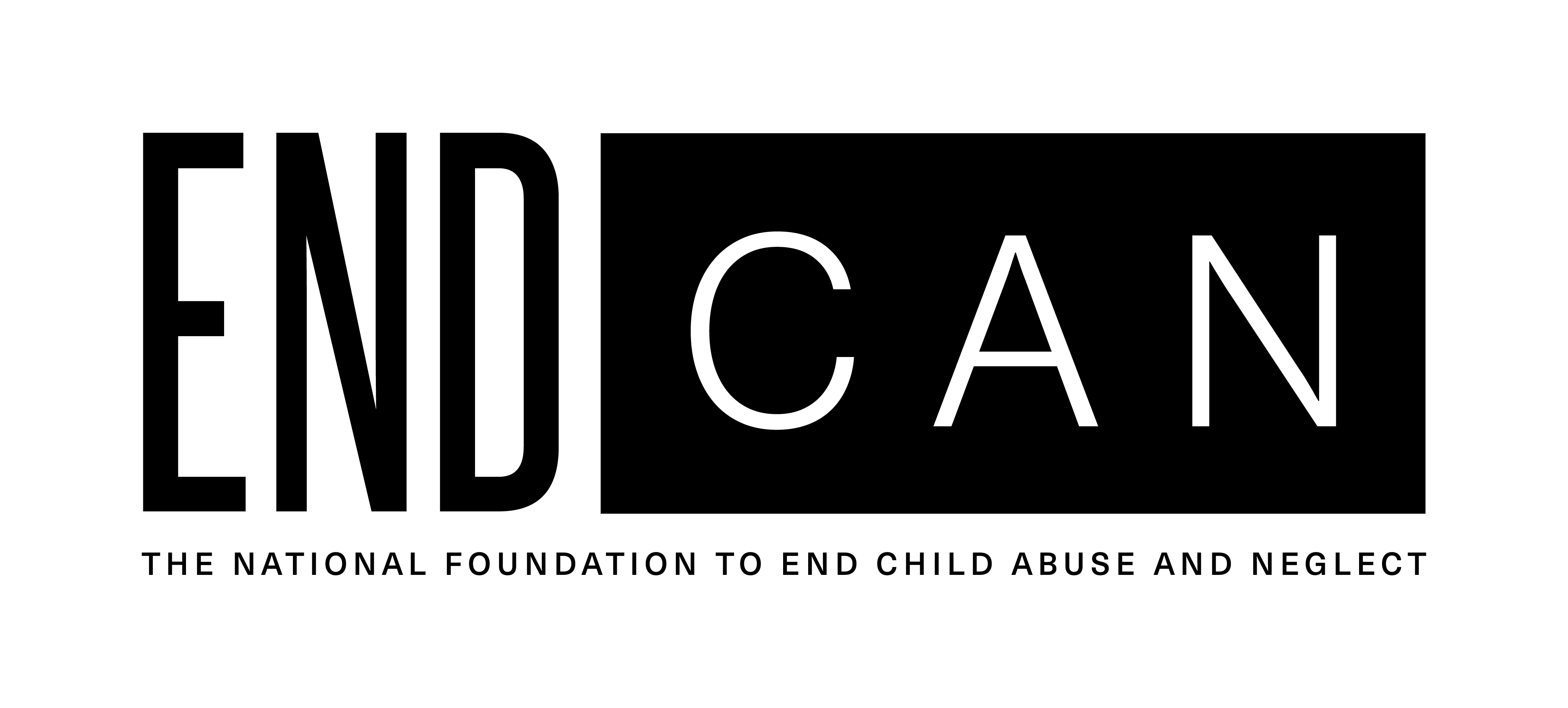
The Invisible Wounds of Childhood Emotional Abuse and Neglect
There aren’t any bruises, black eyes, or broken bones. They don’t look underfed or unkempt. There don’t seem to be any visible signs of abuse at all to the naked eye. Childhood emotional abuse and neglect are difficult to detect or prove. But, even in the absence of physical abuse signs, wounds have been inflicted and etched into a child’s psyche.
What is Childhood Emotional Abuse?
Emotionally abused children are belittled, intimidated, demeaned, scared, or humiliated. The goal of this behavior is usually to exert power and control over a child in some way by inflicting fear, uncertainty, and degradation. Emotional abuse significantly damages a child’s sense of self, devastating their self-esteem and damaging their self-worth.
It frequently creates feelings of worthlessness and hopelessness and low self-esteem. They may self-blame, engage in self-destructive behaviors, suffer from a lack of motivation, have difficulty making decisions, and have difficulty focusing and concentrating. Emotionally abused children can suffer from depression and anxiety.
What is Childhood Emotional Neglect?
Emotionally neglected children aren’t physically harmed—beaten, underfed, or sexually abused. The emotionally neglected child isn’t screamed at or hit, locked up, or belittled. They are just—frequently very subtly—ignored. At first glance, the situation may not even seem to be especially bad. The outward appearances may look like a healthy family life where all of a child’s basic needs are met and even exceeded. Still, there’s no emotional connection, no authentic engagement between the parent and the child.
Emotional neglect can take many forms, from unrealistically high expectations to not listening attentively, from not being emotionally attuned to a child to not sharing affection.
Infants and very young children who are emotionally neglected may show symptoms of failure to thrive. School-aged children and adolescents may be more shut down and less likely to ask for help or draw attention to themselves in school. They may appear independent and self-sufficient but have difficulties relating to peers and lack many close friends. As adults, they may struggle to connect and suffer from anxiety and mood disorders.
The Consequences of Childhood Emotional Abuse and Neglect
Although emotional abuse and neglect may not be apparent at first glance, like all types of child abuse, it causes trauma. Although many people are familiar with post-traumatic stress disorder (PTSD), many are unfamiliar with Complex-PTSD (C-PTSD), also known as childhood trauma, which is more than a single event. Instead, it’s a series of events or a prolonged event perpetrated by a caregiver.
The trauma of emotional abuse or neglect can be associated with multiple symptoms, in childhood, and into adulthood, including:
- Anxiety
- Depression
- Low self-esteem
- Being withdrawn
- Dissociation
- Difficulty with making and maintaining relationships
- Flashbacks
- Hypervigilance
- Persistent fear
- Self-harm
- Eating disorders
- Alcohol and drug use
- Trouble sleeping
- Being uncomfortable with physical contact with others
- Repeating school grades
- Frequent school absences
- Criminal activity
Recovery and Healing is Possible
Emotional abuse and neglect may not leave physical bruises, but they often leave deep, lingering wounds. It can take time to heal from childhood emotional abuse and neglect, but it is possible. A mental health professional can help you recover. But there are also strategies you can use on your own to regain your footing.
Ask for Help
You may think that if you’re not feeling extreme pain, you should be about to deal with it. But asking for help is a way to show yourself compassion. If you’re trying to heal from childhood emotional abuse or neglect, there’s no shame in seeking professional help.
Stop Blaming Yourself
It’s not unusual for adults who suffered child abuse and neglect to absorb the (untrue) message that somehow you’re at fault or that you deserve it. So remind yourself over and over and over again (as often as necessary) that it isn’t your fault.
Don’t Engage
If you still need to interact with the person who emotionally abused you or neglected you as a child, try to take a step back. It’s not always easy, but you can distance yourself. Choosing not to engage is one of the most powerful steps you can take.
Learn to Trust
Emotional abuse and neglect can leave an imprint. People who experienced emotional abuse and neglect may fall into similar behavior patterns as adults. One of the most common reactions is to distrust others. Work on reminding yourself that there are lots of good, kind people in the world, and gradually, you will begin to trust again.
Put Yourself on Your To-Do List
Often emotionally abused and neglected children become people-pleasers. In situations where love was conditional, you may always feel the need to prove your value. But, only focusing on taking care of everyone around you can be overwhelming and leave no time for your needs. Your needs are equally important.
Healing from childhood abuse and neglect can be a long and challenging journey, but it is possible. There’s no timetable, no predetermined schedule. Everyone is different, and just as one person’s broken bone may heal faster than another’s, the same is true of emotional healing. Find information and resources to help you or someone you love and take care of yourself. You are worthy!
Get Support and Continue the Conversation with Our Survivor Community
EndCAN is committed to growing a community of survivors to end child abuse and neglect. Join our free survivor community, Louder than Silence: Ending Child Abuse and Neglect Survivor Community. It’s a safe space where you can ask questions, get support from other survivors, anonymously discuss your experiences, and learn from other people who have “been there.”
